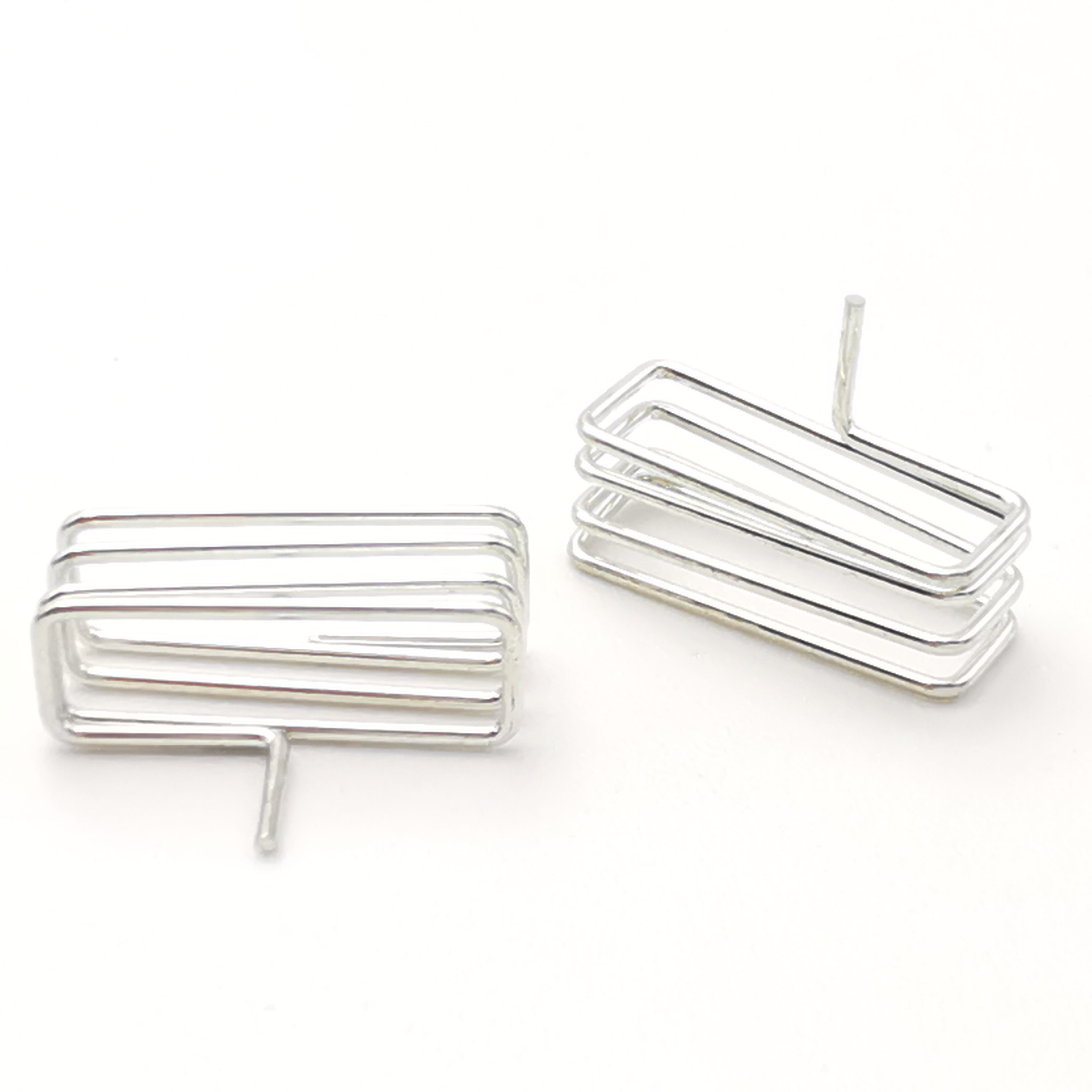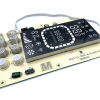
The Role of Touch Panel Springs in Modern Interface Design
In the ever-evolving landscape of technology, the touch panel spring stands as a silent yet indispensable component, seamlessly blending form and function. As we navigate through the digital age, understanding the intricacies of this unassuming element becomes paramount.
Definition and Functionality
At its core, a touch panel spring is a tactile interface, transforming digital interaction into a tangible experience. Embedded within touch panels, this subtle yet crucial mechanism bridges the gap between our digital actions and sensory perception. It's the unsung hero behind every tap, swipe, and pinch on our screens.
Evolution of Touch Panel Technology
The journey of touch panel technology is a fascinating narrative of progress. From resistive to capacitive and now beyond, each iteration has refined the user experience. The touch panel spring has mirrored this evolution, adapting to the demands of modern interface design.
The Inner Workings of a Touch Panel Spring
Composition and Materials
Delving into the heart of the matter, the touch panel spring is a marvel of engineering simplicity. Crafted from materials with a delicate balance of flexibility and resilience, these springs are designed to withstand millions of cycles. The composition is a symphony of alloys and polymers, ensuring optimal performance under varying conditions.
Role in Sensory Feedback
Beyond its structural prowess, the touch panel spring is a maestro orchestrating sensory feedback. The subtle vibrations or clicks felt during a touch command are meticulously calibrated by these springs. This haptic dance elevates the user experience, providing a tactile confirmation that transcends the visual realm.
Applications of Touch Panel Springs
Consumer Electronics
In the realm of consumer electronics, touch panel springs play a pivotal role. From the glass surfaces of smartphones to the expansive touchscreens of tablets, these springs navigate the fine line between responsiveness and robustness. The user's tactile journey, whether scrolling through a webpage or playing a game, is shaped by the efficiency of these unassuming springs.
Automotive Industry
Beyond handheld devices, the automotive industry embraces touch panel springs in dashboard displays and interactive interfaces. The tactile precision becomes paramount, ensuring drivers can seamlessly control various functions without diverting their attention from the road. The touch panel spring, in this context, becomes a safety-conscious companion.
Innovation in Touch Panel Spring Design
Advancements in Material Science
The contemporary era witnessed a renaissance in material science, and touch panel springs are not immune to this wave of innovation. Smart alloys with shape-memory properties nanomaterials enhancing conductivity—the palette of possibilities expands. This not only improves durability but also opens avenues for sleeker, more responsive designs.
Integration with Haptic Technology
The synergy between touch panel springs and haptic technology heralds a new era of immersive interaction. The marriage of touch and sensation brings a nuanced layer to user engagement. From simulating textures to providing nuanced feedback, the touch panel spring becomes an integral part of a multisensory digital experience.
Challenges and Future Prospects
Durability Concerns
As touch panels become integral to our daily lives, durability emerges as a key concern. The repetitive stress placed on touch panel springs demands continuous refinement in material and design. Innovations are underway to enhance the longevity of these springs, ensuring they withstand the rigors of constant interaction.
Emerging Technologies in Touch Panel Springs
Looking ahead, the trajectory of touch panel springs is intertwined with emerging technologies. From flexible displays to interactive surfaces in augmented reality, the demands on touch panel springs will diversify. The integration of biometric sensors and pressure-sensitive technology heralds a future where touch panels become not just responsive but intuitively adaptive.
Conclusion
The touch panel spring, though often overlooked, is the tactile artisan behind our digital encounters. As technology surges forward, these springs continue to compose our interactive experiences.







